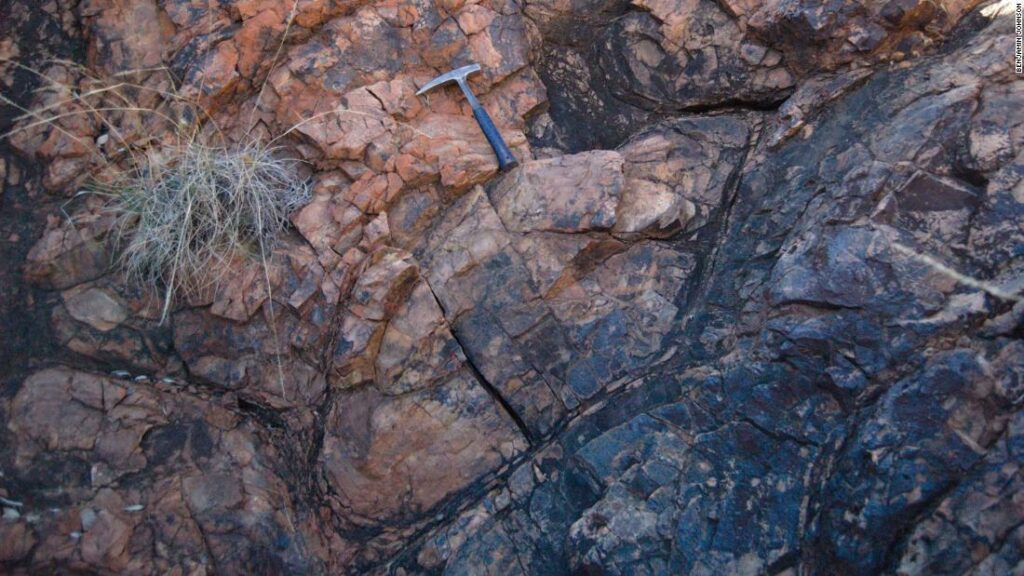New find shows animal life may have existed millions of years before previously thought

Sign up for CNN’s Wonder Theory science newsletter. What she found in the ancient rock samples were fossilized structures that resembled the skeletons like those that exist within horny sponges — the kind you use for a bath sponge. Horny sponges, also called modern keratose demosponges, have a skeleton with three dimensional branching made of a tough organic substance called spongin. Bottjer thinks Turner has authored “a very well-founded paper.” He also acknowledges that her findings will certainly ignite discussion among researchers.”I tell my students that all pre-Cambrian fossils are disputed by somebody because it’s very early in evolution,” Bottjer said. “These animals commonly don’t have all the features that they evolve later on so it can be a little tricky. I look forward to seeing what the response is, but it’s I think it’s a very strong case.”What isn’t surprising is that the earliest evolutionary animals were probably sponge-like, Turner said. Sponges are simple, basic animals with a long history in the fossil record, and prior research suggests they likely appeared around this time.Investigating the distant pastNow, Turner wants to investigate when sponges actually emerged if they were already present 890 million years ago. “The early evolution of animals remains murky, regardless of what I have to offer in this paper,” she said. “What is needed is a lot of really focused work on very thoughtfully chosen rocks of the same age, as well as younger and older rocks, to look for other possible physical evidence of early animals — sponge-like and possibly other more complex types of animals.”She also suggests keeping an open mind during the search. When it comes to early animal life, researchers really have no idea what they will find. Turner also said the current academic standard and research grant system is less supportive of the type of time-consuming work, often resulting in unpublishable findings, that will be required to thoroughly understand and investigate the rock record of early animal evolution.”If we find ourselves looking for something that looks familiarly animal-ish, we will fail, because the familiar is too complex for the earliest animals,” she said. “We need to do some real soul-searching about what early animal preservation might have been like.”This research could even help in the search for life beyond our planet. While the Perseverance rover searches for evidence of ancient microbial life on Mars in an ancient lake bed, the ancient rock record on Earth could help scientists spot intriguing targets.”If we’re going to find things on other planets, it’s probably going to be more like the pre-Cambrian stuff than something that is a million years old and has mammoth bones in it,” Bottjer said.







